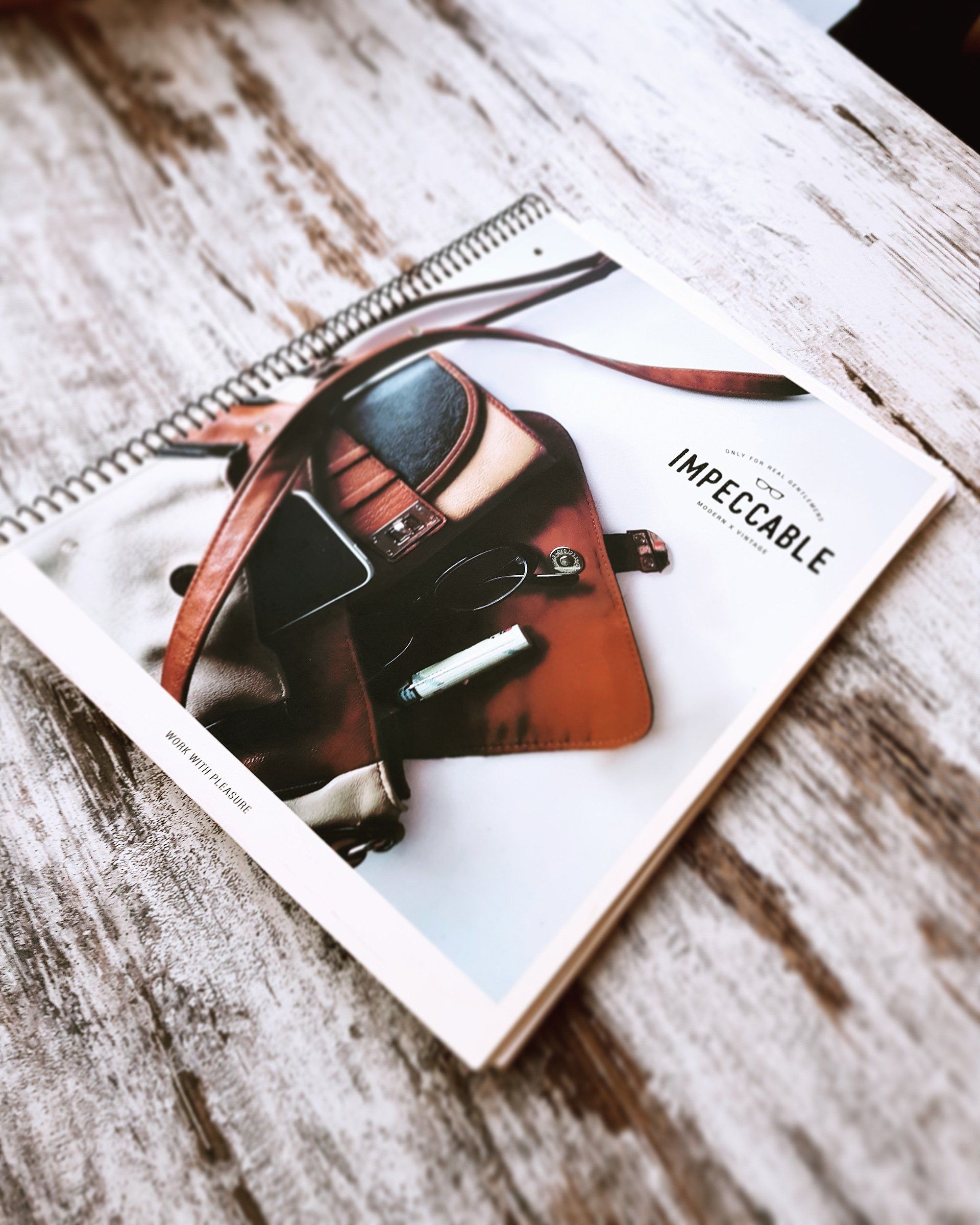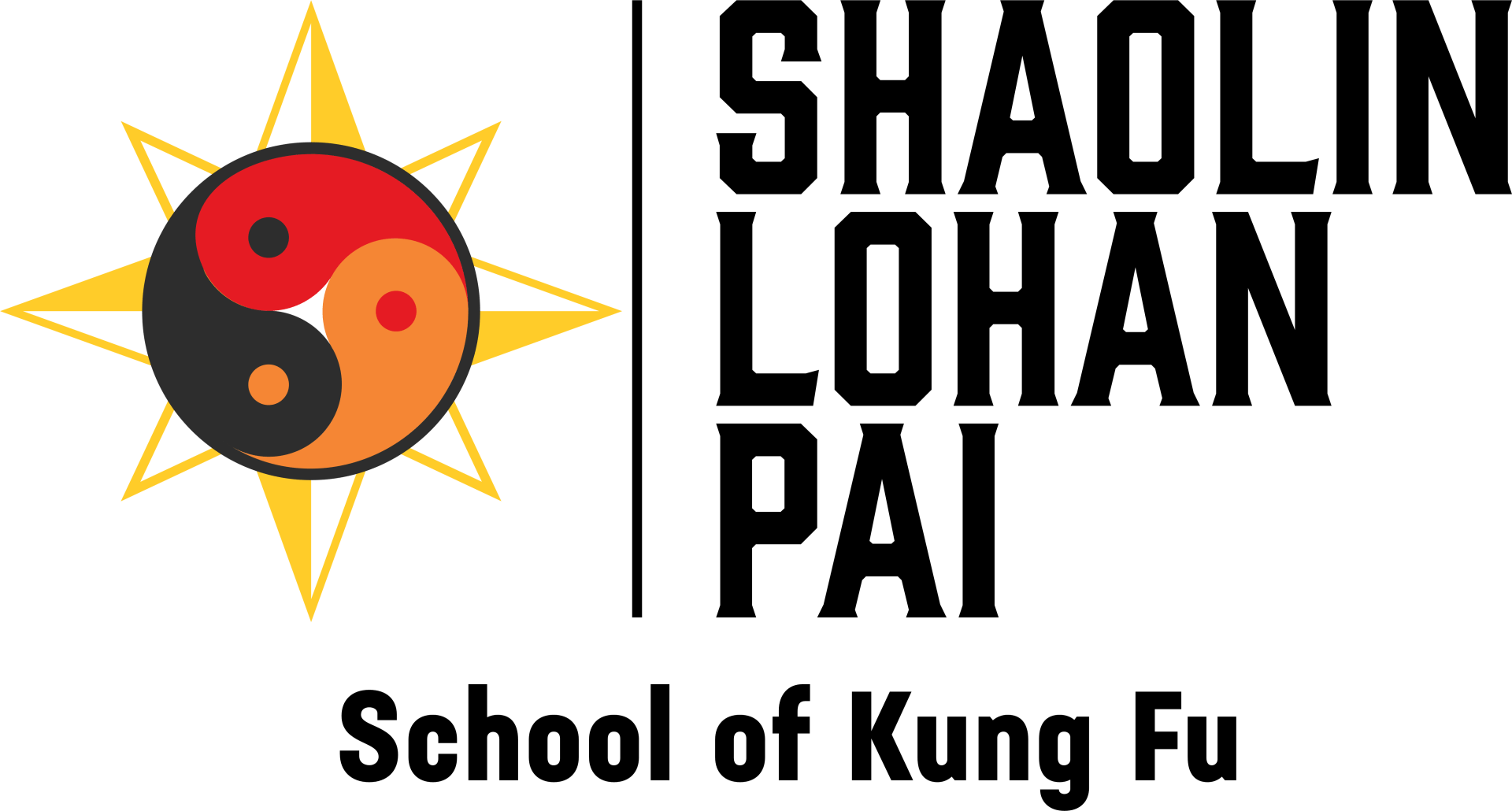The Lion Dance
We provide a wide range of professional services to meet your needs. We promise to provide every service with a smile, and to your highest level of satisfaction.
Northern (Peking) Lions:
Northern Lions or "Pei Fang Shih" are shaggy and are usually red, orange and yellow in color. It is typically referred to as the 'Peking Lion' for its resemblance of a Pekinese dog. The Northern Lion Dance is less common than the other styles of lions. There basically two popular styles of Northern Lion. The "Twin Lions of Hebei" and the "Qing Lion" of Anhui province. The "Hebei Lion" dance is usually performed by pair of lions, both male & female, while "Qing Lion" uses uses a single lion.
The Beijing or Northern lion dance is most commonly used by ths Chinese circus and was used in ancient times to entertain the Emperor and foreign emissaries. However, within it's origins are the Lama Martial Arts of Tibet.
Nobody knows for sure when the Golden Lion was initially spotted, there is one speculation that it was first sighted during the Tang Dynasty. The dance however was believed to have originated well over a thousand of years ago.
According to one story within Chinese mythology, the Golden Lion has it’s origins from Tibet. Bordering the country of Tibet are the Himalayas in the South and the Kun-lun Mountains in the North. In this amazing land of greenery, there were temples headed by abbots that dotted the landscape for its people are faithful followers of the Lama Order.
In these awesome mountains, mysterious beasts supposedly traversed. Because of the danger they posed, these Lamas, besides having to devote their time in their religious studies, also had to learn martial arts to defend themselves. One day, an old monk found a pair of lion cubs in the Kun-Lun Mountains. The cubs being adorable and harmless, with their coats of golden fur, immediately found favor with the old monk who named them “Golden Lions”.
Since that auspicious day, the old monk raised the cubs to mature as ferocious lions. Since these lions were fierce in nature, no one dared go near them. Fortunately, upon the blessings of the gods, the lions were tamed and they became inseparable companions of the old monk. However, this is just one story within the rich mythos of the Chinese Culture.
Southern (Cantonese) Lions:
Southern Lions, commonly known as "Cantonese Lions" and sometimes called “Guandong Lions”, have more extravagant color variety and does not resemble a dog. There are two main divisions within the Southern Lion: The “Hok San Lion” and the “Fut San Lion”, are named after two cities where the paper modeling was developed for these two principle types of “Southern Lions”. The “Hok San Lion” has a straight mouth, a curved horn, and a very short tail. The “Fut San Lion” has a curved mouth, a pointed horn, and a much longer tail. Typically the “Hok San Lion” tends to be the rarer of the two Southern Lions since most Lion Dance teams favor the “Fut San Lions”. There is also a hybrid Southern Lion known as the Fut-Hok Lion. It has the short tail of a Hok San Lion but the curved mouth of the Fut San Lion.
The body of a “Southern Lion” is made from the finest silk, rabbit fur, spangle and bells. The five different designs found in within the “Southern Lion” (regardless if they are “Hok San” or “Fat San”) are:
1.) The “Rui Shi” (Auspicious Lion): This lion has a seven colored face, white beard and brow with body having five colors. It symbolizes wisdom, intellect and integrity as represented by the historical figure “Liu Bei”.
2.) The “Xing Shi” (Awakening Lion): This lion has a red face, black beard and brow, green nose, red and black colored body. It symbolizes bravery and loyalty and is represented by the god of war, “Guan Yu”.
3.) The “Dou Shi” (Fighting Lion): This lion has a black face, short black beard and brow with black and white colored body. It symbolizes youth, courage and playfulness as is represented by the historical figure “Zhang Fei”.
4.) The “Lao Shi” (Respected Lion): This lion has a yellow face with silvery white beard and brow. It symbolizes righteousness as is represented by the historical figure “Huang Zhong”.
5.) The “Han Shi” (Heroric Lion): This lion has a green face with an iron-like horn and teeth with white beard and brow. It symbolizes heroism as represented by the historical figure “Zhao Yun”.
Nowadays, there are new and innovative designs for lions like Gold (High Ranking Immortals), Silver (Lessor Immortals), Blue (Ferocity and Obstinacy) and other colors which do not represent anything but are there for aesthetic reasons. The “Southern Lion” normally dances in accordance to the beat of the drum, gongs, and cymbals placing emphasis on the waist energy, powerful movements, agility and awareness. The dancers should always display, through the lion, the general emotions of excitement, anger, sadness, happiness, fear, suspicion, greed and worry. There are some basic reactions for the lion, like when seeing green or lettuce, it should be happy: upon seeing the color red, it should be surprised; when crossing over a bridge, it should try to see his own reflection in the water; when there is wood, it should bite; when there is a post, it should try to climb it.
Chinese Folklore contains many different stories about the origins of the Southern Lion. One of our favorites is that during the Qing Dynasty, the emperor went on a trip to southern China. The emperor had been consistently plagued by nightmares of evil spirits threatening to ravage his kingdom. None of his counselors had any ideas that could comfort the emperor. One night it was different, he had a dream of a marvelous beast that scared all of the evil spirits away. The beast promised to bring prosperity to the land. When the emperor awoke, he called together his artists and ordered them to construct the auspicious beast based on his dream. When the creature was finally finished the emperor called it "the lion". Soon this lion was included in a dance for presentation and became a tradition handed down from one generation to another. It may be the reason you see lions or “Fu Dogs” guarding the entrances of most homes and places of business.
Certain traditions and customs should always be followed by any school of “Southern Lion” dance teams. These schools will have different practices and/or beliefs, but they tend to follow general rules of etiquette. Especially when different lion dance groups converge. For example, when one Lion meets another Lion, the two Lions should always greet each other with three bows. Each Lion should also bow three times when they part. Another example is when two lion dance groups meet, the dancers should never stand on one leg when holding the lion head. This is a sign of disrespect. Another rule is that a lion should never try to bite or sniff the tail of the other lion. This type of action can lead to fights between the two groups. Any lion dance group that ignores etiquette, displays that their Lion is arogant, ignorant and uncivil.
Taipei (Taiwanese) Lions:
The green-faced lion with lance-shaped brows lion represents a ferocious, cruel and almost undefeatable variety of the lion species. It signifies the Manchu Government during the Ching Dynasty. Fighting the lion meant combating the Manchus. This particular lion was first thought-up by the patriotic Chinese of the Ming Dynasty who were determined to overthrow the Manchurian rule. The green faced lion, as the term applies has a green face coupled with projecting teeth, presents a dreadful appearance.
This lion illustrates how inhumane the Manchu reign was at that time. At too many massacres, there were thousands of Chinese murdered without any cause until their blood literally saturated the rivers. The Chinese, to release their heart-felt hatred, thus invented the green-faced lion dance.
The lance-shaped brows of the green-faced lion was made of twin steel swords each measuring 1 foot 6 inches in length, the "beard" was short and black, the mouth closed showing only projecting teeth, and a body length at times measuring 18 feet, to conceal weapons and men. The tail end of the lion must be coordinated with the lion head during the dance. Therefore, only men with high dexterity and skill are able to perform the dance properly.
Another story about this lion is that after the fall of the “Ching Dynasty”, the idealism of “Dr. Sun Yat Sen” became realized. During this period, “Grandmaster Kan Teck Guan” gathered a group of experts in Shaolin Wuzuquan at the Chuan District Hockkien Province to hold lion dances and to explain the initial meaning of such dances. Overwhelming the green lion means overthrowing the Ching Dynasty. Consequently, they also demonstrated skinning the lion, dissecting the abdomen of the lion, chopping the lion limbs, extracting the intestine, preying on the flesh and consuming the lion blood. Since the ultimate objective had been attained such green-faced lions are no more in existence. However, “The Republic of China (Taiwan)” has only recently achieved recognition of their ‘Independence’ from the “People’s Republic of China” across the free-world. Realizing the growing tensions between this tiny island and their ‘mainland brothers’, the people of Taiwan have used the green-faced lion to represent their fight for independence.
The green-faced white browed lion represents an elderly lion with white eyebrows, long beard and open mouth. This lion is used in ceremonies during the festive seasons and for house to house visit in villages during such occasions. This lion dance is believed to bring luck and prosperity, to drive off devils and spirits, and to bring peace and good harvests to the people.
Interested in our services? We’re here to help!
We want to know your needs exactly so that we can provide the perfect solution. Let us know what you want and we’ll do our best to help.



